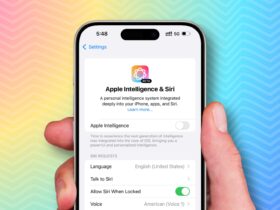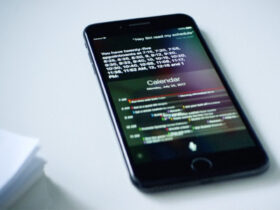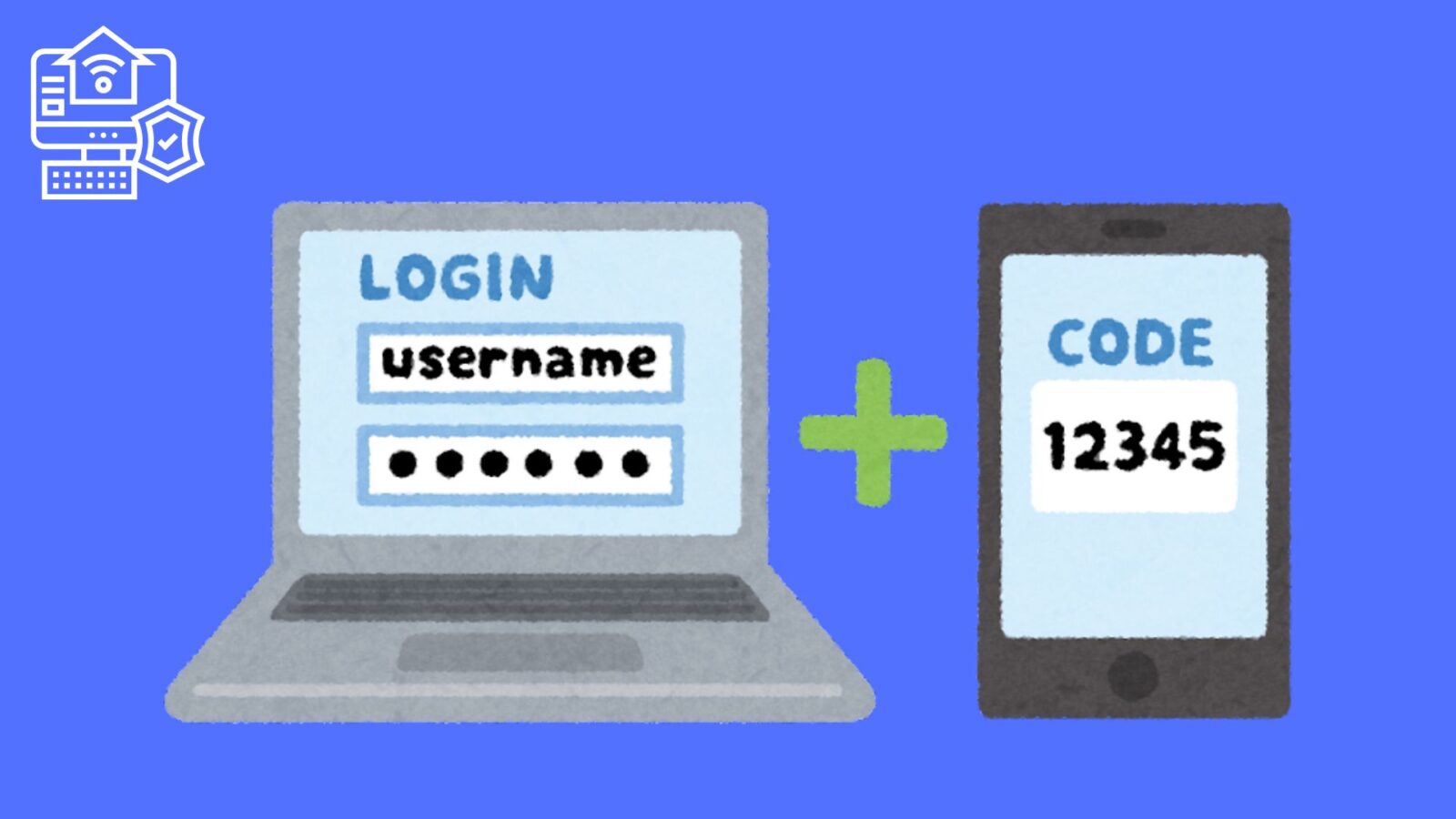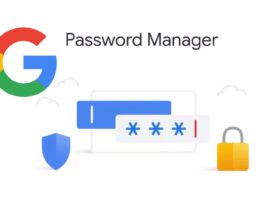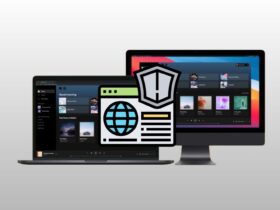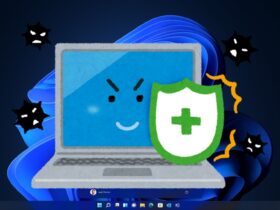Daftar Isi
In an increasingly interconnected world, safeguarding our online accounts and sensitive information is paramount. Two-factor authentication (2FA) emerges as a powerful defense against unauthorized access. Let’s delve into what 2FA is, how it works, and why it’s essential for protecting your digital identity.
What Is Two-Factor Authentication?
In today’s digital landscape, ensuring the security of online accounts and sensitive information is paramount. One powerful tool that has emerged to bolster security measures is two-factor authentication (2FA). This robust authentication process mandates the provision of two distinct authentication factors to verify a user’s identity before granting access. Let’s delve into the basics of 2FA and understand how it works.
Understanding the Fundamentals of 2FA
At its core, two-factor authentication (2FA) hinges on the concept of employing two different authentication factors to establish identity. These factors encompass a diverse range of elements, falling into three primary categories:
- Something You Know: This encompasses confidential information that only the user possesses, such as passwords, personal identification numbers (PINs), or security questions.
- Something You Have: This refers to physical items or devices that the user possesses, such as smartphones, hardware tokens, or smart cards.
- Something You Are: This entails biometric data unique to the individual, including fingerprints, retina scans, or facial recognition.
Demystifying the 2FA Process
Upon activating two-factor authentication for an account or service, the authentication process unfolds in two distinct stages:
- First Factor (Knowledge): The initial stage involves the user providing a piece of knowledge that only they should know, typically in the form of a password or PIN. This serves as the first authentication factor, validating the user’s identity based on their secret information.
- Second Factor (Possession or Biometrics): Following the successful verification of the first factor, the user must provide a second form of authentication. This could manifest as a one-time code sent to their registered mobile device, a fingerprint or facial scan, or the use of a hardware token. By presenting this supplementary evidence, the user further reinforces their identity, thereby completing the two-factor authentication process.
By incorporating multiple layers of authentication, two-factor authentication (2FA) significantly enhances the security posture of online accounts and digital transactions. As cyber threats continue to evolve in sophistication, adopting robust security measures like 2FA is imperative for safeguarding sensitive information and preserving digital privacy. With a clear understanding of its principles and functionalities, users can harness the power of 2FA to fortify their defenses against unauthorized access and mitigate the risk of identity theft or data breaches.
Read More: How Netflix Uses Big Data to Drive Success
Implementing 2FA: Best Practices
In today’s digitally-driven world, safeguarding personal information and sensitive data has never been more crucial. Two-factor authentication (2FA) emerges as a robust solution to enhance security across a multitude of scenarios. Let’s explore where you can employ 2FA and the various methods available:
Where to Utilize 2FA
- Online Accounts: Take control of your online security by enabling 2FA for essential accounts, including email, social media platforms, online banking services, and cloud storage accounts. Adding an extra layer of verification ensures that only authorized individuals can access your sensitive data, mitigating the risk of unauthorized access and data breaches.
- Workplace: Many organizations prioritize cybersecurity by implementing 2FA protocols for employee access to company resources, networks, and proprietary systems. By requiring employees to undergo dual authentication processes, businesses can fortify their digital infrastructure and safeguard confidential information from potential threats and breaches.
- Financial Transactions: Protect your financial assets and transactions by leveraging 2FA mechanisms offered by banks and payment applications. With 2FA in place, users can authenticate their identities before conducting financial transactions, reducing the likelihood of fraudulent activities and unauthorized access to accounts.
- Healthcare and Government Services: Safeguard sensitive healthcare data and government-related information by integrating 2FA measures into access protocols. By requiring dual authentication for accessing medical records, patient information, or government services, organizations can uphold data privacy regulations and ensure the confidentiality of personal data.
Methods of Implementing 2FA
- SMS Verification: Receive a one-time authentication code via text message to verify your identity during the login process. While SMS-based 2FA offers convenience, it may be susceptible to interception or SIM swapping attacks, prompting users to consider alternative methods for enhanced security.
- Authentication Apps: Utilize dedicated authentication applications such as Google Authenticator or Microsoft Authenticator to generate time-based authentication codes. These apps generate unique codes that expire after a specified duration, offering an additional layer of security against unauthorized access attempts.
- Biometrics: Enhance security and streamline the authentication process by leveraging biometric authentication methods, including fingerprint recognition, facial recognition, or voice authentication. Biometric authentication adds an extra layer of protection by verifying unique physiological characteristics, minimizing the risk of unauthorized access through stolen credentials.
- Hardware Tokens: Employ physical hardware tokens or security keys that generate unique authentication codes. These compact devices offer a highly secure method of authentication, ensuring that only individuals in possession of the physical token can access protected accounts or systems.
- Push Notifications: Opt for push-based authentication methods that send real-time notifications to your registered mobile device. Users can approve or deny login requests directly from their smartphones, providing an intuitive and secure means of authentication for accessing accounts and services.
By embracing the multifaceted approach of two-factor authentication (2FA) and implementing diverse authentication methods, individuals and organizations can significantly enhance their cybersecurity posture and mitigate the risk of unauthorized access, data breaches, and identity theft. As digital threats continue to evolve, the adoption of robust security measures like 2FA is essential for safeguarding personal information, preserving data privacy, and fostering a secure digital ecosystem for all users.
Conclusion: Elevating Your Security
Two-factor authentication is no longer optional—it’s a necessity. By adding that extra layer of verification, you significantly reduce the risk of unauthorized access. Whether you’re protecting your personal accounts or securing your business infrastructure, 2FA is a powerful ally in the ongoing battle against cyber threats.




















